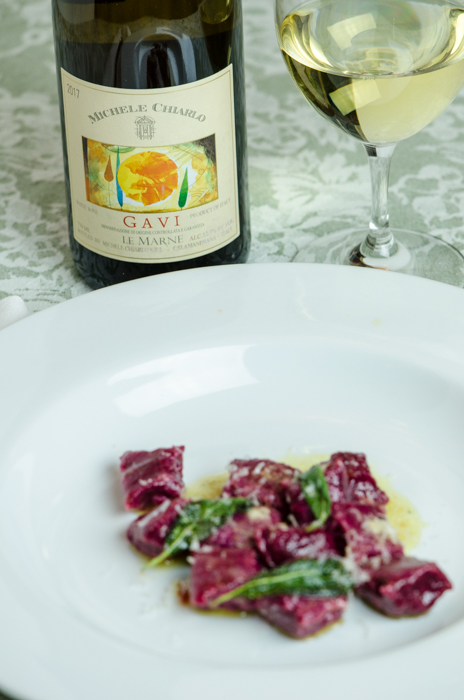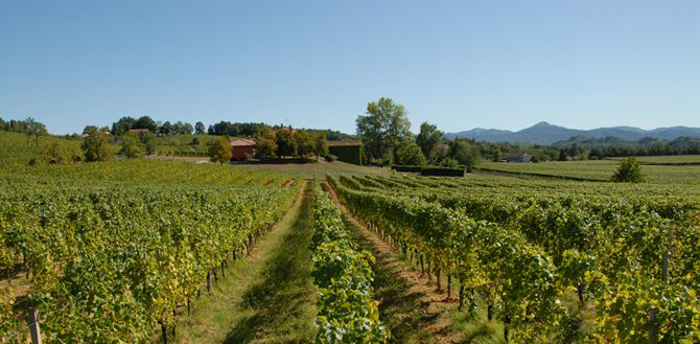
The Italian region of Piedmont is renowned for its acclaimed reds, Barolo and Barbaresco. But as we explore by bike or foot on our Italiaoutdoors Food and Wine tours, we discover that this lovely region produces some wonderful whites as well. Here is a brief overview of the whites you should try on your next visit to Piedmont.
Gavi
The southern-most wine zone in Piedmont is the Gavi DOCG. This denomination gained DOCG status in 1998. The vineyards are found in the hills of 13 communes in the province of Alessandria, including Gavi, Novi Ligure, Serravalle Scrivia and Arquata Scrivia, right on the border of coastal Liguria. Wines that include the name Gavi di Gavi on their label come from vineyards in the township of Gavi itself, the center of this production zone.
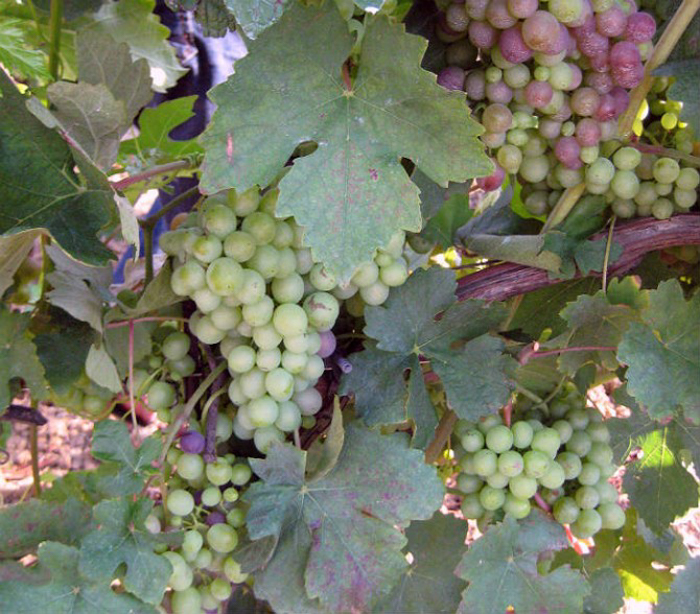
Gavi wines are made from the white grape, Cortese, a thin skinned grape that is naturally high in acidity. Cortese is an indigenous grape that has been grown here for at least 400 years. Piedmont is unusual in Italy as many of its premium wines are required to be made exclusively from a single varietal, while most Italian denominations require only 85% concentration. Gavi is one of these zones, and Gavi DOCG wines must be 100% Cortese.
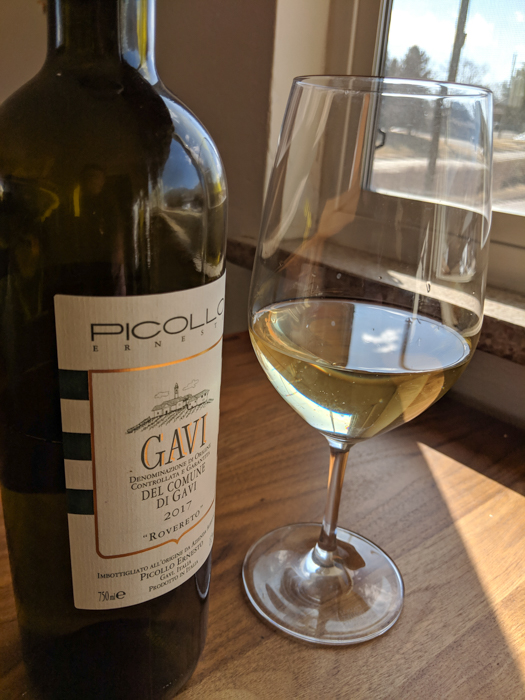
Cortese wines are quite dry and crisp, with a fresh acidity and minerality. They typically display floral notes, with flavors of citrus, green apples, peach and pears, and a hints of nuts at the finish. The wines are predominately unoaked, and are excellent with seafood from neighboring Liguria.
Arneis
Just across the Tanaro River from the heart of Nebbiolo/Barolo/Barbaresco territory lies the Roero DOCG. Here, the sandy hills are very high in minerality, and the area produces some quality reds, although they don’t quite command the same price tags as those from the hills just a few kilometers south. In the sandiest of the Roero soils, a white grape called Arneis finds a home, developing a nice acidity and structure. Another old, indigenous white grape, the name Arneis translates to “little rascal” in the local dialect, earning the name because it is so difficult to grow.
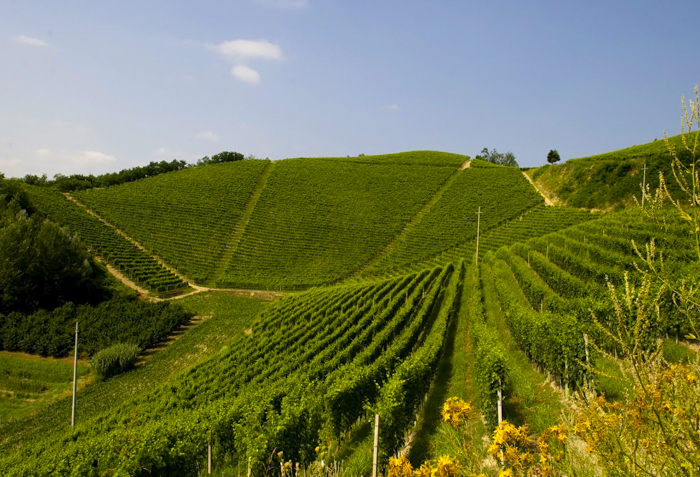
Historically, the local red wine produced here was made from Nebbiolo, (also difficult to grow), with a little of the Arneis thrown in to soften the tannins and acid. This earned Arneis the nickname Barolo Bianco or white Barolo. This blending of white grapes into red wine was often employed prior to the adoption of barrel aging to mellow the rough edges of these rustic wines. However, once the local producers adopted modern wine-making techniques, this blending was eliminated (Barolo wines are now required to be 100% Nebbiolo) and so was the need to grow Arneis.
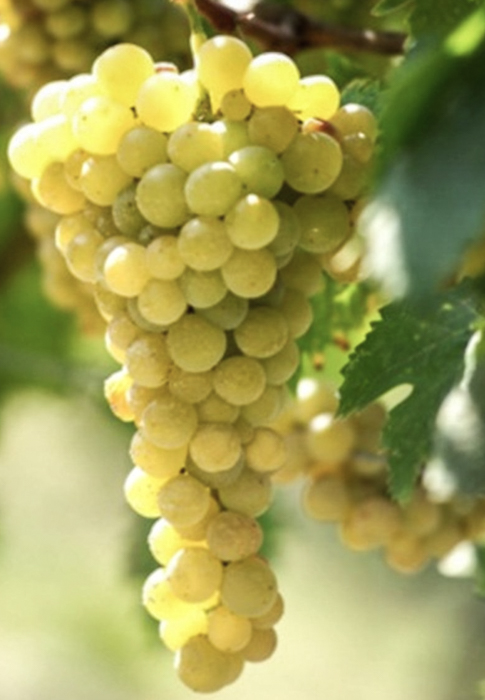
But a few local Roero and Langhe area producers kept the traditional grape alive. From a mere handful of producers in the 1970s, including Ceretto, Cornarea, and two famous Barolo houses, Vietti and Bruno Giacosa. today multiple producers make more than 1 million gallons per year.
Arneis is most often made in stainless steel vats, although some producers do employ barrel aging to make a fuller bodied wine. By DOCG rules, a Roero Arneis DOCG must be 95% Arneis.
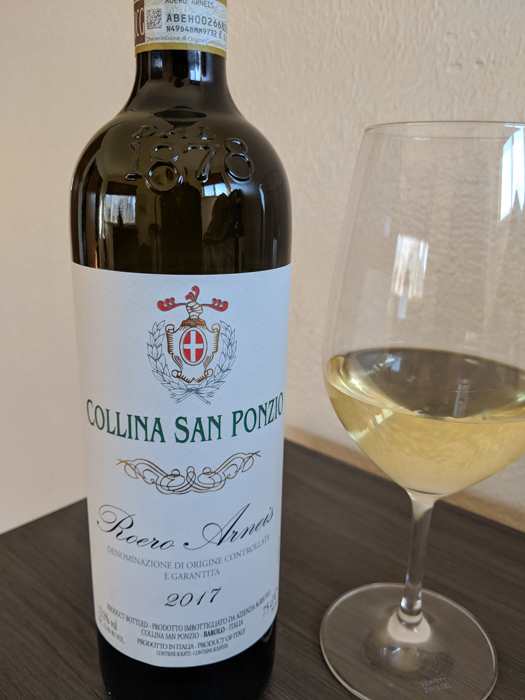
Arneis wines are pale gold in color, with characteristic aromas of pear, and sometimes floral. Dry and crisp, with notes of citrus, stone fruits, tart apples, and a distinct minerality and saltiness. The best can age, developing a nutty finish.
Arneis follows the typical recommended pairing, with fish and light pasta dishes. But in Piemont, they enjoy Roero Arneis with all their typical appetizers, including salumi, vitello tonnato, bagna cauda and their favorite, chopped beef carpaccio.
Erbaluce
Yet another ancient indigenous white, Erbaluce has been growing in Northern Piedmont since the 1600s. Its home is the lake country in the foothills of the Alps north of Turin. Here, during the Ice Age a glacier formed a basin between Lago di Candia and Lago di Viverone where today on a plateau at 650 – 1150 feet lie the vineyards of the Erbaluce DOCG. At less than 500 acres in size, it is very small compared to Gavi and Arneis.
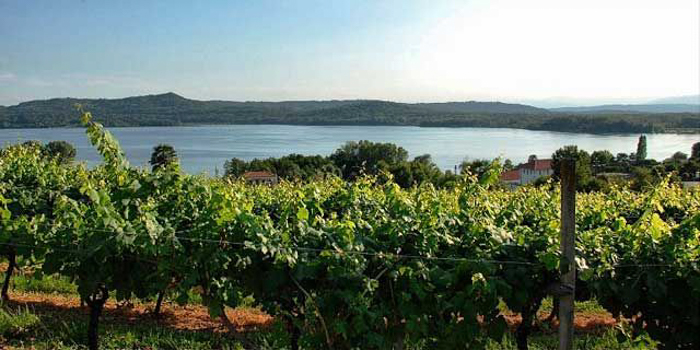
The name Erbaluce reflect its flavor profile, and home: erbe means grass or herbs in Italian, luce is light, reflecting the sunny slopes where this late-ripening grape fares best. Naturally high in acid, it adapts well to a variety of vinification styles, from sparkling to bone-dry still to passito dessert wines. All three styles have DOCG status: Erbaluce di Caluso, Erbaluce di Caluso Spumante, Erbaluce di Caluso Passito.
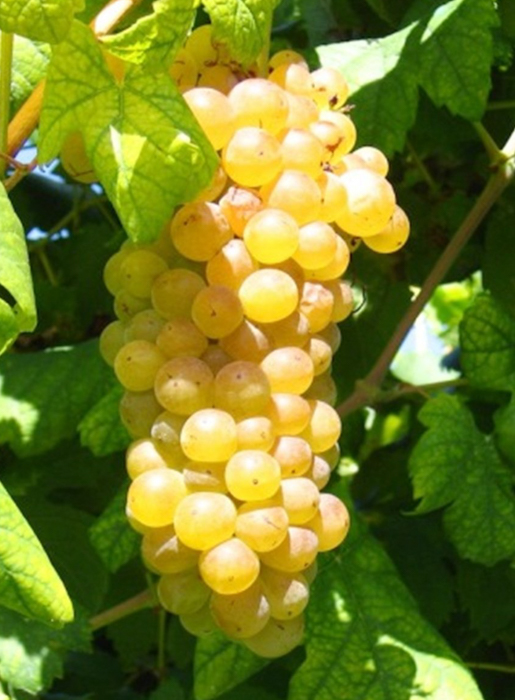
The best Erbaluce have well develop fruit flavors to offset the natural acidity. Characteristic flavors of green apple, apricot and lemon, with floral notes and noticeable minerality. Enjoy the Spumante as an aperitivo, the dry version with seafood or lighter pasta dishes and vitello tonnato, and finish with the Passito with a fruit dessert.
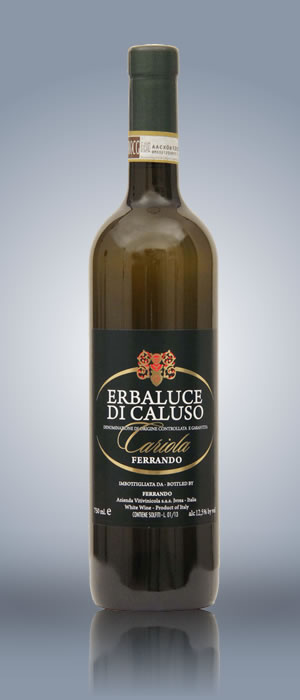
Moscato
The oldest of the these old grapes, and the most widely planted white in Piedmont is Moscato bianco. Grown in vineyards around the hilltop town of Asti, Moscato gets its name from its musky, earthy aroma. This varietal ripens early and, like Erbaluce, produces a wide range of wine styles: light and dry, slightly sweet and sparkling or a rich, honey-like dessert wine.
In Asti, production of Moscato d’Asti began in the 1870s. A frizzante style (lightly fizzy) wine, Moscato d’Asti is a low-alcohol wine that the winemakers produced for themselves to enjoy at lunch, so as not to overly affect afternoon production. It is also enjoyed during multi-course evening meals as a digestif and palate cleanser.
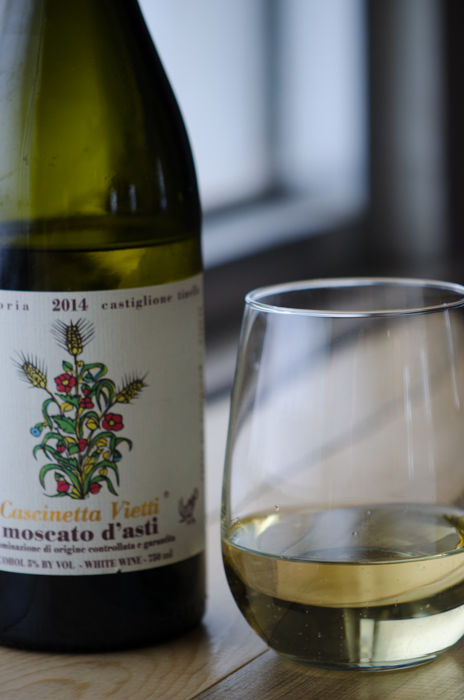
Classic Moscato d’Asti wine is characterized by elegant floral aromas with notes of peach, apricot and grape. Moscato d’Asti is a refreshing aperitif, but also pairs well with desserts, particularly with fruit tarts and pastries with hazelnuts or almonds.
The technique used to make Moscato d’Asti si known as the “Asti Method”. Muscat grapes are harvested and very gently pressed to retain all the delicate floral aromas. The must is then transferred into a pressurized tank for fermentation. Here yeasts transform grape sugars to alcohol, releasing carbon dioxide gas as a byproduct. A portion of this CO2 is trapped in the wine by the pressurized tank, creating small bubbles. When the alcohol level reaches around 5 percent (the maximum allowed for Moscato d’Asti is a low 6%) the wine is chilled, killing the yeasts and halting fermentation. The resulting product is sweet, sparkling Moscato d’Asti.
In case you are wondering, that sweet sparkling wine your parents enjoyed – Asti Spumate – is not the same thing. One again, Italian wine names confuse more than illuminate. Like Moscato d”Asti, Asti Spumante is made near Asti, from the same Moscato bianco grapes. But Asti Spumante is slightly drier, fully sparkling and has an alcohol content closer to 9 percent. The bubbles are the easiest way to distinguish between the two wines. Moscato d’Asti is frizzante, which is a light sparkle, just barely fizzy. Asti Spumante is spumante, which is a fuller sparkle, like you would find in a champagne.
Next time you are enjoying some of Piedmont’s wonderful pastas, or seafood from Liguria, pair with one of these whites to enjoy these dishes as a local Italian would!
